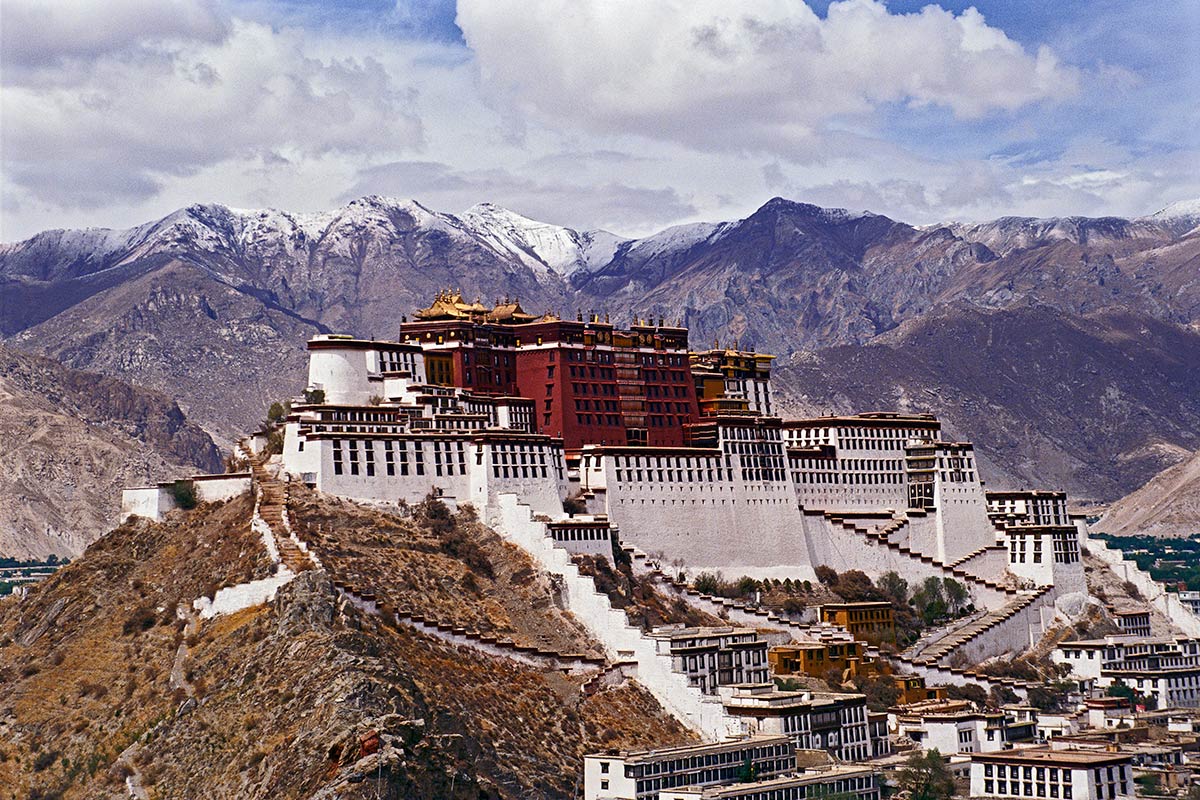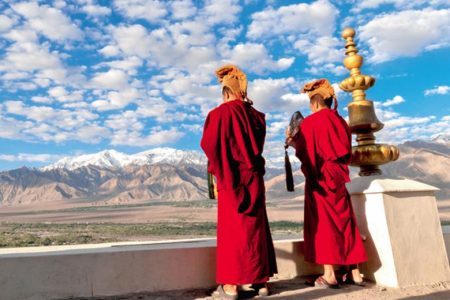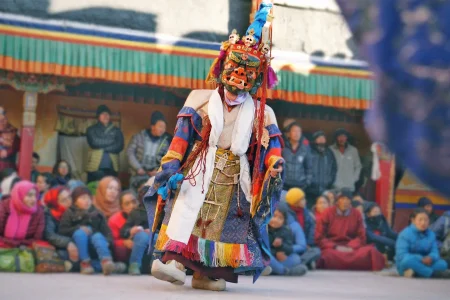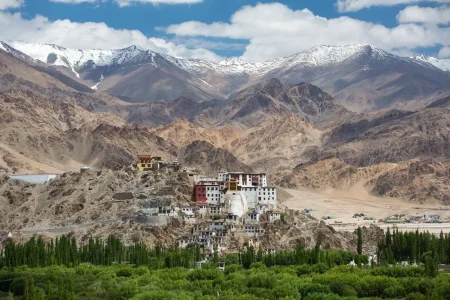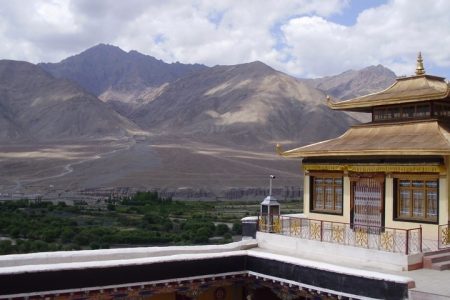Architectural Features and Layout
Khirsem Hot Spring, located in the remote areas of Ladakh, is a natural thermal spring rather than a constructed architectural site. It doesn’t feature traditional Tibetan Buddhist structures but stands out for its natural layout and integration into the rugged Ladakhi landscape. The spring emerges from rocky ground and flows into a shallow pool, often surrounded by stones to create a bathing or soaking area.
Main Assembly Area (Natural Pool)
The central feature of Khirsem is the natural hot water pool, which is formed by mineral-rich geothermal water bubbling from beneath the surface. Local visitors and travelers use the main pool area for bathing and therapeutic purposes. Although simple, this space serves as the main gathering point where people can relax and enjoy the warmth, especially in colder months.
Cultural Significance
Khirsem Hot Spring is valued not just for its natural properties, but also for its perceived healing benefits. Local communities believe the mineral water helps alleviate joint pain, skin ailments, and fatigue. While not a religious site, it is often visited with a sense of reverence for nature’s gifts, and sometimes combined with visits to nearby monasteries or sacred spots.
Fort-like Structure
There is no fort-like structure at Khirsem Hot Spring. However, the surrounding rocky terrain and elevated backdrop give the site a sense of seclusion and natural enclosure, creating a serene and protected environment.
Roof and Viewpoints
The area around Khirsem Hot Spring offers scenic views of Ladakh’s barren hills, distant snow-capped mountains, and sometimes a flowing stream or river nearby. The openness and elevation make it a peaceful spot for reflection, photography, and enjoying the natural beauty of the region.
